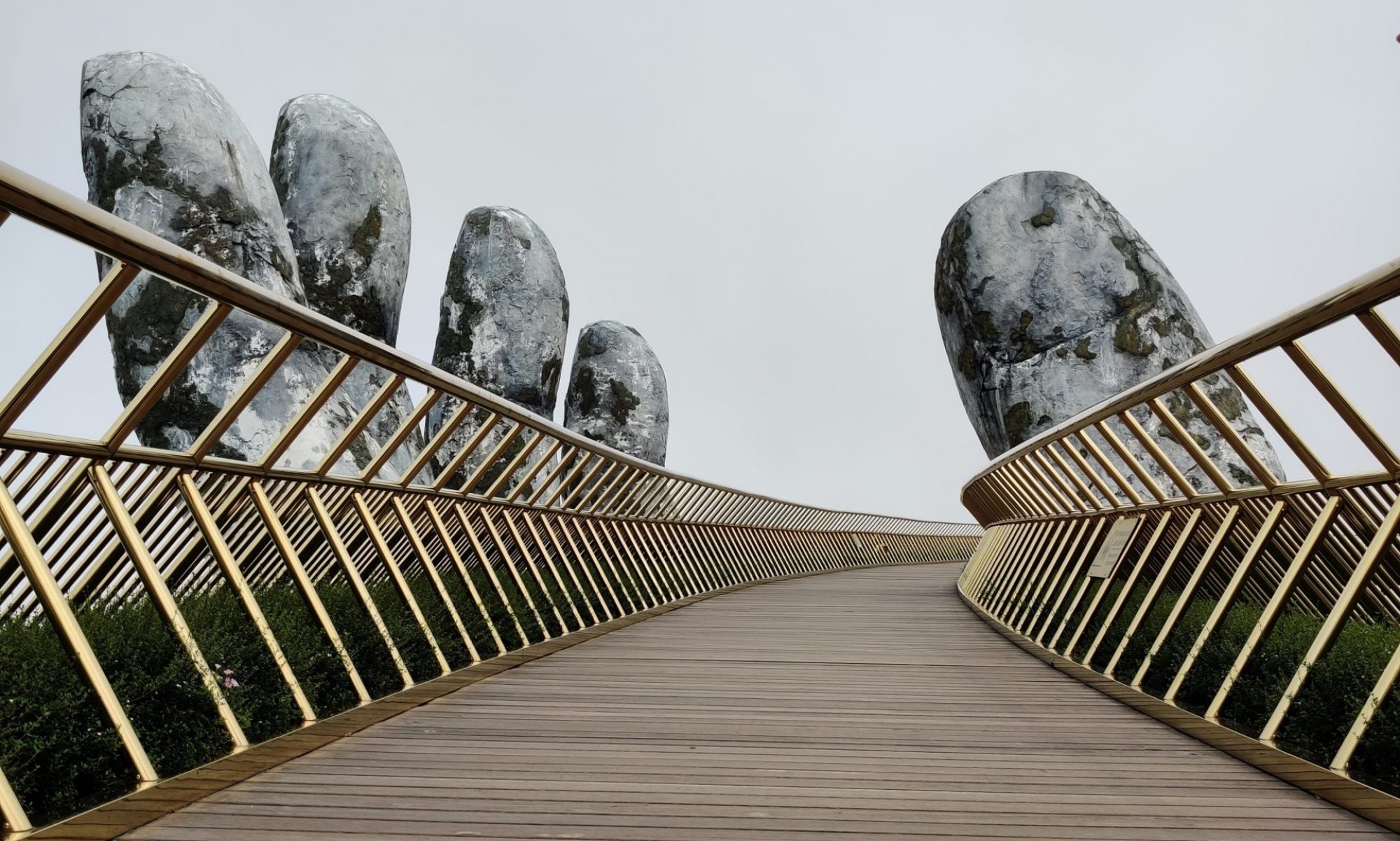
Jesus had deliberately provoked the Pharisees. He led His disciples through a grainfield
on the Sabbath when He knew very well that they were famished. Subsequently they picked, de-hulled and ate the grain in full view of the Pharisees. When confronted about it, He refuted their arguments (making the Pharisees look like fools who had not even read the Scripture). Then He went to the temple the same day, where He healed a man with a livable but unhelpful condition – only this time He did so after dialogue with the Pharisees about healing (as work) on Sabbath. Jesus was proving a point, and as the man was restored the point was made rather sharply.
Their pride deeply wounded, the Pharisees left to consult with one another. But Jesus knew they had left not so much for consultation as conspiracy. They were plotting His demise. “Aware of this, Jesus withdrew from that place. Many followed him, and he healed all their sick, warning them not to tell who he was.” Jesus had done a similar thing before. Back in chapter 4 of his Gospel, Matthew recorded, “When Jesus heard that John had been put in prison, he returned to Galilee.” This is prudence.
To stay in the temple area would be to put Himself and His disciples in imminent danger. After all, they were guilty of desecrating the Sabbath in the Pharisee’s eyes also. Even worse, it would mean the crowd around Him would be left confused and distraught that their teacher and healer was so harshly treated. In withdrawing to another area, Jesus ensures that both the crowd and His disciples are safe. Besides which, He knows the crowd would follow Him. To keep the situation from unraveling, He tells them to keep His identity from their leaders.
Of course, Jesus did not always put safety first, as it were. When He later finds Himself in the Garden of Gethsemane one night (which should be a safer place than the Pharisee’s place of work during the day), He chooses to stay, knowing full well both that He is about to be arrested, and that Peter will be accused of being one of His own.
The difference between the two situations is one of God’s timing and the nature of the crowd. God’s timing is actually the more obvious, even though it is unseen. The visible crowd is another story. While the crowd that gathered around Him in the temple is in awe and desperate for more healing, the later crowd that gathers in the courtyard of the high priest after His arrest is full of discontents.
Jesus models perfect obedience to the Spirit’s leading and simultaneous care for the crowd that belongs to Him. He is modeling the use of spiritual discernment – the very thing that the Pharisees had failed to employ during their dialogue with Him moments ago.
As always, discernment (or lack thereof) has its fruitful result; Jesus finds Himself participating in a multitude of healings, while the Pharisees find themselves in a conversation about how to kill an innocent man.
A recurring phrase in the Bible is “and it came to pass …” Our timing is not the same as God’s timing.
H. Norman Wright
APPLICATION: Thankfulness
God’s timing is as He is; perfect. Let us be thankful that our lives are not arranged as we would have them to be, because if they were, the ultimate outcome would be very much less than what God has planned for the world.

